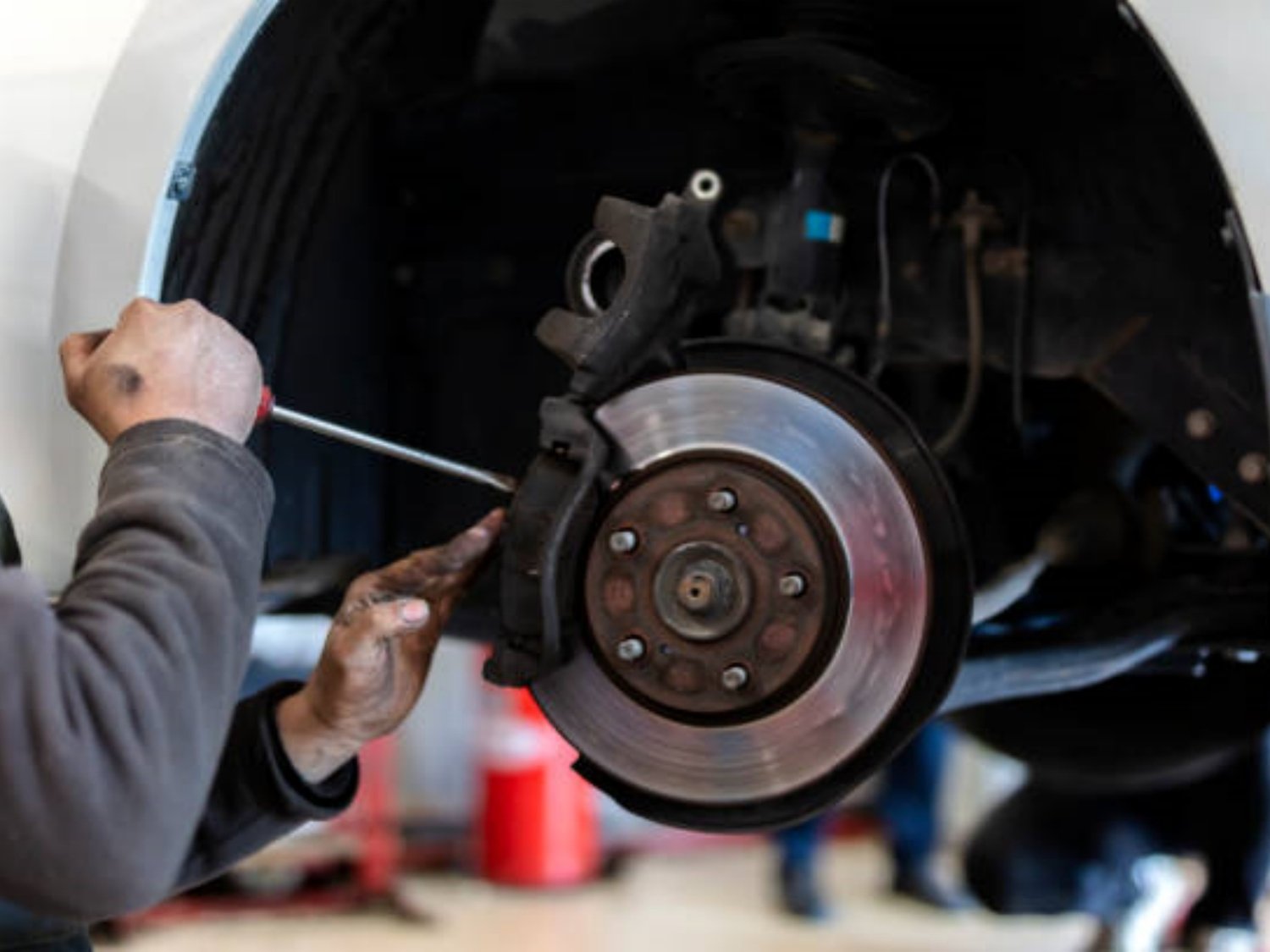Discover the Versatility and Functionality of disc springs
Disc springs are a type of conical spring that are widely used in various industries for their unique properties and versatility. Also known as Belleville washers, these springs are made from a flat metal disc with a conical shape. In this article, we will explore the different aspects of disc springs, including their design, applications, and benefits.
The Design of Disc Springs
Disc springs are typically made from high-quality materials such as stainless steel, carbon steel, or alloys. They are designed in a conical shape with the smaller diameter on the inside and the larger diameter on the outside. This design allows for the spring to compress and expand axially, providing the desired level of force and deflection.
Applications of Disc Springs
Disc springs find applications in various industries due to their unique properties. They are commonly used in automotive systems, industrial machinery, aerospace equipment, and even in household appliances. Some specific applications include shock absorption, vibration isolation, valve springs, clutch systems, and electrical connectors.
The Benefits of Using Disc Springs
There are several advantages to using disc springs in engineering and manufacturing applications. Firstly, the conical shape of these springs allows for a high load capacity in a small space. They can provide a significant amount of force, making them ideal for applications that require high loads and limited space.
Secondly, disc springs offer excellent deflection and flexibility. They can be stacked together to achieve the desired spring rate and deflection range. This flexibility makes them suitable for a wide range of applications where precise control over the force and deflection is required.
Furthermore, disc springs have a long service life and are highly durable. They are resistant to fatigue and can withstand repeated cycles of compression and expansion without losing their performance. This makes them a cost-effective solution in the long run.
Factors to Consider in Disc Spring Selection
When selecting disc springs for a specific application, there are several factors to consider. The required load capacity, deflection range, and space constraints are crucial parameters. Additionally, the operating temperature, corrosion resistance, and compatibility with the surrounding environment should be taken into account. Consulting with an expert or referring to manufacturer guidelines can help in choosing the right disc spring for the intended application.
Installation and Maintenance of Disc Springs
Proper installation and maintenance of disc springs are essential to ensure optimal performance and longevity. The springs should be carefully installed, ensuring they are correctly aligned and free from any external forces. Regular inspection and maintenance should be conducted to check for any signs of wear, fatigue, or deformation. Lubrication may be required in some applications to reduce friction and enhance performance.
Common Challenges and Solutions
While disc springs offer numerous benefits, there are also some challenges that one might encounter. One common challenge is the potential for spring relaxation over time, resulting in a decrease in the applied force. This can be mitigated by periodically checking and adjusting the preload to maintain the desired force.
Another challenge is the potential for disc springs to become unstable under certain conditions, such as excessive vibration or lateral forces. This can be overcome by using appropriate support structures, such as guide rods or housing, to ensure the stability of the springs.
Future Developments in Disc Spring Technology
The field of disc spring technology is constantly evolving, with ongoing research and development efforts. Some areas of focus include the development of new materials with improved properties, such as higher temperature resistance or enhanced corrosion resistance. Additionally, advancements in manufacturing techniques and design optimization are being explored to further enhance the performance and efficiency of disc springs.
In Conclusion
Disc springs, also known as Belleville washers, are versatile components that find applications in various industries. Their unique conical shape and properties make them ideal for applications that require high loads, limited space, and precise control over force and deflection. With proper selection, installation, and maintenance, disc springs can provide long-lasting performance and contribute to the success of diverse engineering projects.

